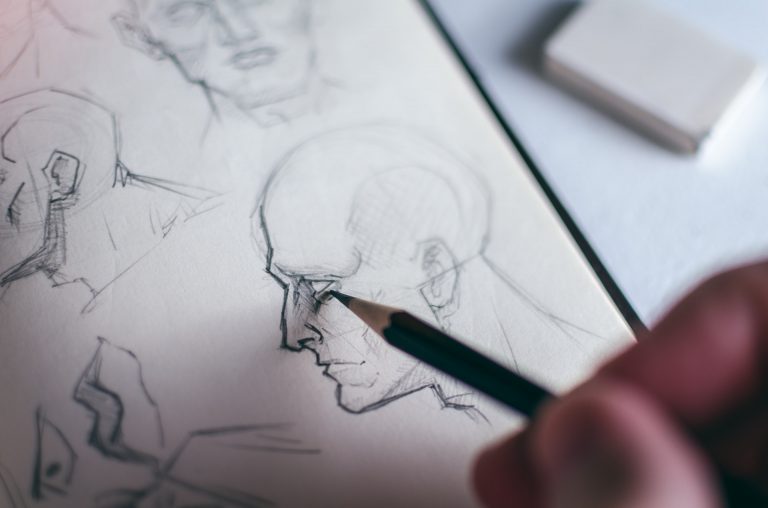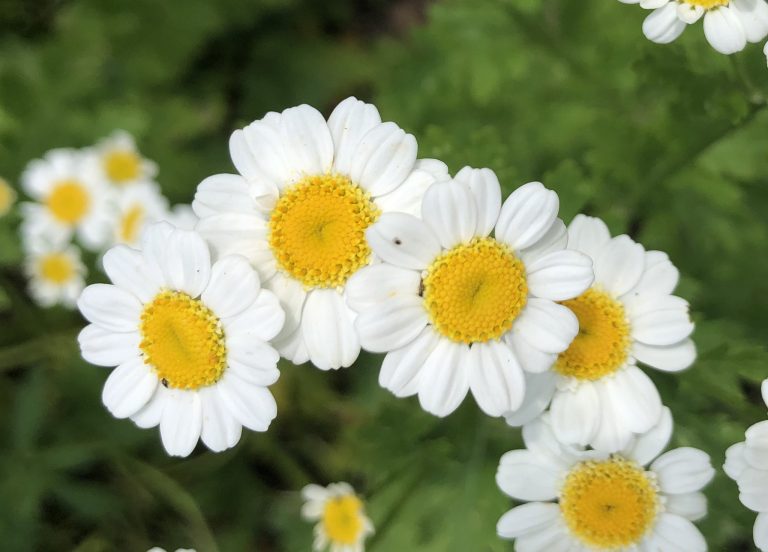Creating art may seem like a daunting task for those who have not been developing artistic skills since childhood. In fact, nobody doubts that some people are naturally better at making art than others. For the average person who is occupied with work and the affairs of daily life, learning to do any type of art may be one of those items on their bucket list, that they have no time or enough motivation to pursue.
However, there might be an underlying cause for this lack of action towards art. Among the community of artists, there is a well-known phenomenon known as “the Fear of Creating Art.” This feeling is rooted in the aversion to failure, and results in an internal conflict between the desire and fear to do the same thing. This, ultimately, may strip away any dash of confidence in the individual, perhaps preventing him from creating a piece of art that could not be done by anyone but him.
But the “Fear of Creating Art” does not only affect professional artists. Its most basic appearance is manifested in the words “I am not good at art,” “I am left-brained,” “I am a stickman kind of person” or simply “I can’t draw.” While art encompasses a wide range of techniques and forms, this article will focus on the simplest and most affordable way to create art: drawing.
There is a common belief that one can only draw if one is good at it. Thus, those who do not have this “ability” are denied the opportunity to express themselves through a language that offers more flexibility and fewer limitations compared to the written or spoken word. However, this frame of thought is not applied to verbal language. Ralph Ammer, a professor at the Munich University of Applied Sciences, said on his Ted Talk in 2018 “No one would say, -Well, this just didn’t come out like a poem. I shouldn’t speak.” In the same way, just because our drawing does not look like a masterpiece, we should not cease to draw.
Then, why should anyone draw? According to a study, the human brain has around one thought per second in every waking hour. That is about 60,000 a day. Such influx of information runs freely in our brains and if not consciously managed, can lead to an overload. Drawing presents itself as a tool to organize one’s thinking. In the process of drawing our thoughts, we are forced to observe what is in our minds, create connections and put them down on paper. The process may be arduous and might take several attempts, but if we push through and put the effort into untangling the workings of our mind, we are likely to obtain a degree of clarity and understanding that the mere thought activity could not easily reach. As Mr. Ammer says: “In fact, I have a rule: if I can’t draw something, then I probably haven’t understood it yet.”
Success
You are now signed up for our newsletter
Success
Check your email to complete sign up
Drawing not only serves to help us understand what happens in our heads, but also prompts us to truly observe our surroundings. In the process of illustrating from observation, we are invited to pause and take time to carefully see what makes an object or place unique. By defining the outer shapes, the way light and shadow interact on the surfaces and the texture of the objects; we are able to appreciate the details that would otherwise go unnoticed, record longer-lasting information in our brain about the objects, and ultimately, situate ourselves in the world. Then, in order to make special memories last longer, one could try to replace the camera with a pen and a piece of paper. By drawing a special moment or scenario, we will be able to notice and capture particularities that may be overlooked in a photograph.
Drawing does not only support our understanding of our internal and external world. According to a study from the National Center of Biotechnology Information, drawing enables us to think in alternative ways and produce new insights. It also strengthens our ability to focus, and equally important, our ability to relax. It benefits our hand-eye coordination and also promotes the further development of our communication skills.
Now, to put it into practice, let us recall what the ancient Chinese philosopher Lao Zi once said, “The journey of a thousand miles begins with one step.” One of the best techniques to incorporate drawing into our daily lives is by keeping a sketchbook. This tool will act as a journal in which you may record your feelings and emotions, life events and daily thoughts. However, one condition must be met: all expectations of a “good” drawing must be dropped. Only by turning the sketchbook into a safe place in which all mistakes are welcome, can this powerful tool fulfill its purpose.
By embracing the possibility of embodying creativity, not only do we allow ourselves to express the ideas that would otherwise remain trapped in our minds, but also give ourselves permission to find beauty in the ordinary, and turn an everyday object into a page of our sketchbook.













